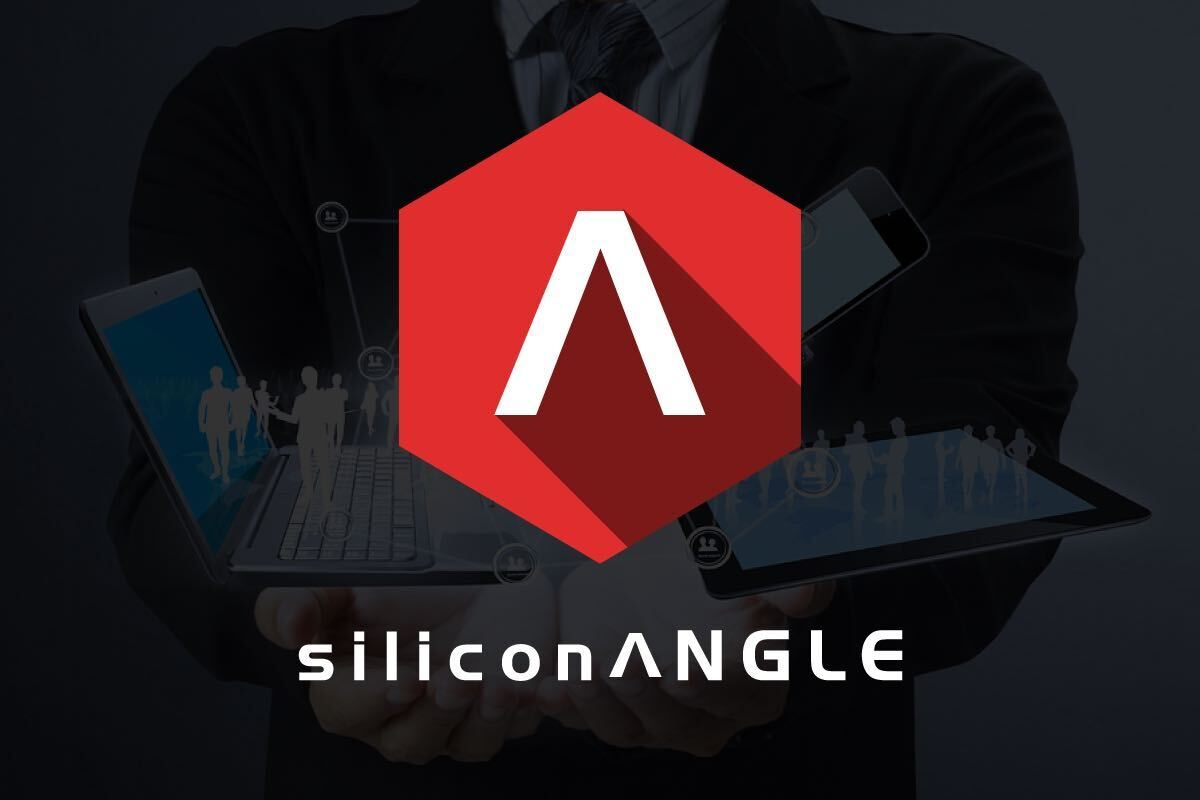


![]() Shipments of ARM processor chips are likely to grow from 68% of all processor shipments in 2012 to 85% in 2016, and 96% in 2022, portending a major sea change in core IT technology and the end of the Intel era at least in end-user devices, writes Wikibon CTO David Floyer in his latest Wikibon report: “Intel Post-PC Blues and Client Support in Software-led Infrastructure” and its conclusion, “Hyperscale and Software-led Infrastructure”.
Shipments of ARM processor chips are likely to grow from 68% of all processor shipments in 2012 to 85% in 2016, and 96% in 2022, portending a major sea change in core IT technology and the end of the Intel era at least in end-user devices, writes Wikibon CTO David Floyer in his latest Wikibon report: “Intel Post-PC Blues and Client Support in Software-led Infrastructure” and its conclusion, “Hyperscale and Software-led Infrastructure”.
Intel’s Q4 revenues were down 3% to 13.5 billion and profits down 27% overall, while PC revenues fell 6% year-on-year, he notes. Meanwhile, 780 million mostly ARM-powered post-PC devices shipped, the result of a consumer market shift from desktop and laptop computers to ARM-powered smartphones and tablets. The question, he said, is whether this is a short-term decrease in PC chip revenues caused by the recession and stretched PC refresh cycles, or the start of something more profound. Floyer comes down on the more profound side and asks:
As major steps in this shift, Floyer predicts that:
While Microsoft will continue to grow in the new hardware environment, Intel is seriously threatened by this trend, which ironically duplicates Intel’s own strategy for dominating the computer chip business in the 1990s. Today ARM client device shipments are 2.2X those of Intel X86 devices, and this is likely to grow as these devices invade the corporate marketplace under BYOD. If that strategy, backed by VDI and Software-as-a-Service that delivers business functionality over the network to these devices, wins over Microsoft’s belated Windows 8 challenge, that gap will increase.
Intel will hold the high end of the market due to the greater functionality of 64-bit x86 chips over 32-bit ARM chips. But as ARM volumes grow, and as a 64-bit version that is less expensive and uses less power than the x86 appears, they will inevitably start eating the end-user market from the bottom. Intel will be forced to retreat to focus on low-end servers to try to block ARM from the data center. This is exactly what happened when Intel took over end-user computing and used the high volume it achieved to undercut RISC in the data center. The result is that today the only other high-end chip maker left is IBM with PowerPC.
So what should CIOs do to prepare for and manage this major shift in hardware technology? Floyer suggests that they should:
As with all Wikibon research, this report is available in its entirety on the public Wikibon Web site. IT professionals are invited to register for membership in the Wikibon community. This allows them to comment on research and publish their own Professional Alerts, tips, questions, and relevant white papers. It also subscribes them to invitations to the periodic Peer Incite meetings, at which their peers discuss the solutions they have found to real-world problems, and to the Peer Incite Newsletter, in which Wikibon and outside experts analyze aspects of the subjects discussed in these meetings.
Support our mission to keep content open and free by engaging with theCUBE community. Join theCUBE’s Alumni Trust Network, where technology leaders connect, share intelligence and create opportunities.
Founded by tech visionaries John Furrier and Dave Vellante, SiliconANGLE Media has built a dynamic ecosystem of industry-leading digital media brands that reach 15+ million elite tech professionals. Our new proprietary theCUBE AI Video Cloud is breaking ground in audience interaction, leveraging theCUBEai.com neural network to help technology companies make data-driven decisions and stay at the forefront of industry conversations.